Carla Accardi, born Carolina Accardi (Trapani, 1924 - Rome, 2014), was one of the first Italian women to devote herself to abstractionism, a current where usually mostly male artists moved, and to be known abroad. Initially she was part of the Forma 1 collective, and then continued both working alone and occasionally with the group MAC - Movimento Arte Concreta. Her artistic research is based on two main cornerstones, on the one hand abstractionism understood as the reduction of forms and signs to the essential, eliminating any symbolic or allegorical meaning of the composition, and on the other hand the commitment to demonstrate that women artists did not have to produce art that was delicate in its themes and colors because of their gender, on the contrary they had to be free to represent strong messages, on a par with their male colleagues. For this reason, Accardi’s name is often linked toactivism on behalf of feminist ideas.
Accardi used the classic canvas, painted with unusual materials (such as casein) and, in addition, created a series of installations that continue and expand the work itself in space, demonstrating that working with one technique does not automatically exclude another.
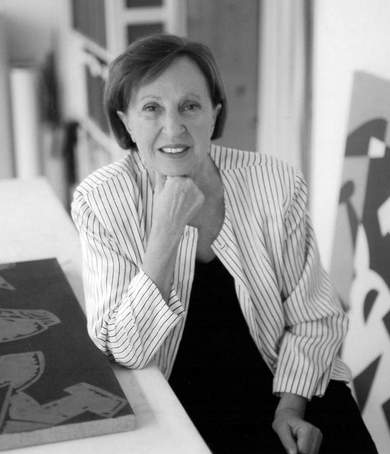
Born in Trapani on October 9, 1924, Carla Accardi grew up in a family full of illustrious examples of strong women, as she was a cousin of writer Evi Zamperini Pucci and politician Elda Pucci, mayor of Palermo and candidate for the European Parliament. Thus, Accardi has always been in contact with female role models who contributed to the emancipation of women and their recognition in roles hitherto the exclusive preserve of men.
Carla Accardi received her classical high school diploma in Trapani, after which she moved to Palermo to attend the Academy of Fine Arts, where she graduated in 1947. In the same year, she moved to Rome, where she took up frequenting theOsteria Fratelli Menghi, a landmark of Roman culture where artists, writers, poets, and filmmakers habitually met. Here, she started the Forma 1 group together with Ugo Attardi, Pietro Consagra, Piero Dorazio, Mino Guerrini, Achille Perilli, Antonio Sanfilippo (who would become her husband in 1949 and from whom she separated in 1964) and Giulio Turcato. This was a collective of artists united by the same conviction that art should be devoid of allegorical or psychological meanings, so in their works they returned to giving form and sign their essential meaning. Forma 1 actually stood halfway betweenabstractionism, in that the collective’s works turned out to be neither figurative nor to present an abstraction of objects, and realism, dealing with forms used in their real nature, thus uniting the founding characteristics of the two main paths taken by Italian art in those years. Later the group began to take different paths, whereby some returned to figurativism, while others like Accardi continued in the wake of abstractionism. The group finally disbanded in 1951.
The painter opened her first solo exhibition in 1950, at the Age d’Or bookstore in Rome, while in 1951 she moved to Milan and began frequenting the Salto bookstore. The exponents of the MAC - Movimento arte concreta group, among whom Bruno Munari is remembered, used to meet there. The principles behind MAC were not far removed from Forma 1, with which they shared the desire to pursue a literally “concrete” abstractionism, mostly geometric and detached from any symbolic interpretation of forms. Accardi did not join the group completely, but collaborated with them from time to time until they disbanded in 1958. In 1955 Accardi inaugurated a solo exhibition at the Galleria San Marco in Rome, at which she presented her research dedicated to chromatic and sign reduction, also in the same year she was among the artists in the exhibition Individuality of Today at the invitation of the French art critic Michel Tapié, a great promoter of informal art. Tapié would invite Accardi to several exhibitions between Italy and abroad, consolidating her fame and making her the first female abstract painter to be known and renowned abroad.
The artist was also part of the Italian feminist movements, giving life, together with Elvira Banotti and Carla Lonzi, to the “Rivolta femminile” group. Late in life, the painter received some appointments: she was, in fact, part of the Brera Academy in 1996 and entered the Venice Biennale Commission in 1997. In 2014, the painter fell ill, and despite a sudden rush to Rome’s Santo Spirito Hospital, her condition immediately appeared quite serious. She died shortly after arriving at the hospital, on February 23, at the age of 90.
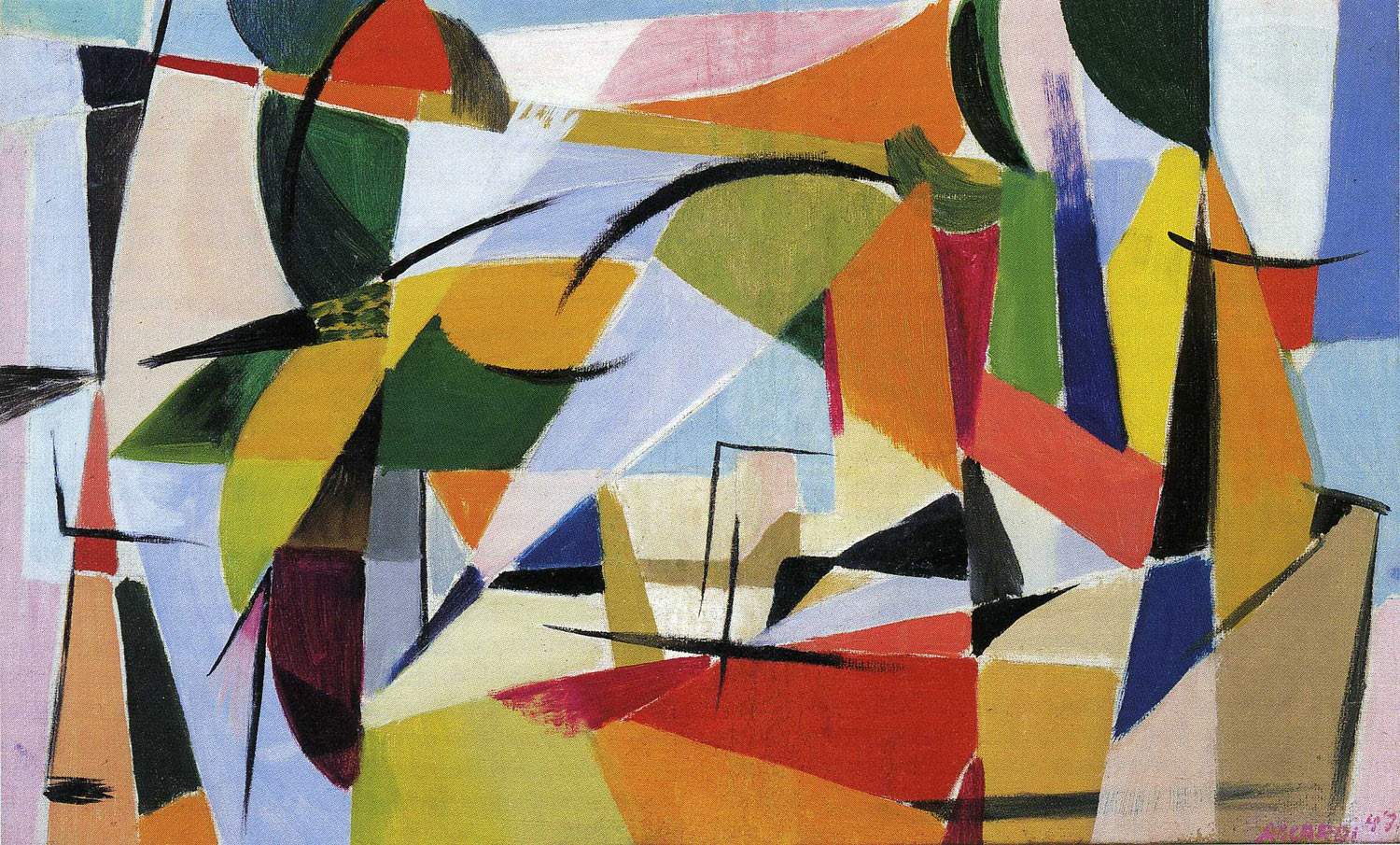
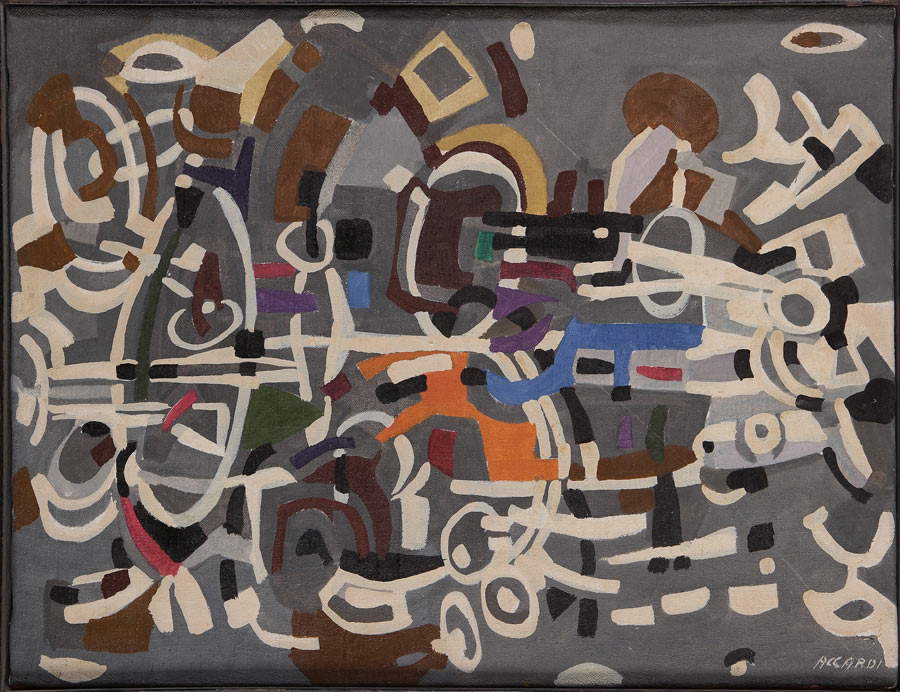
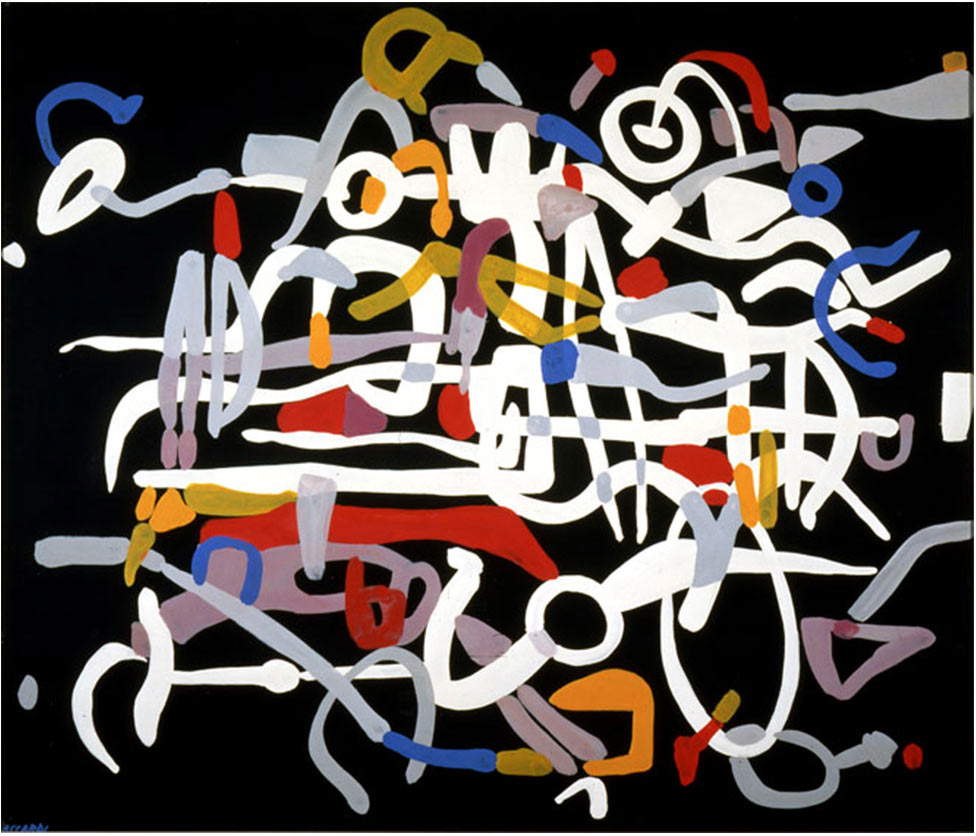
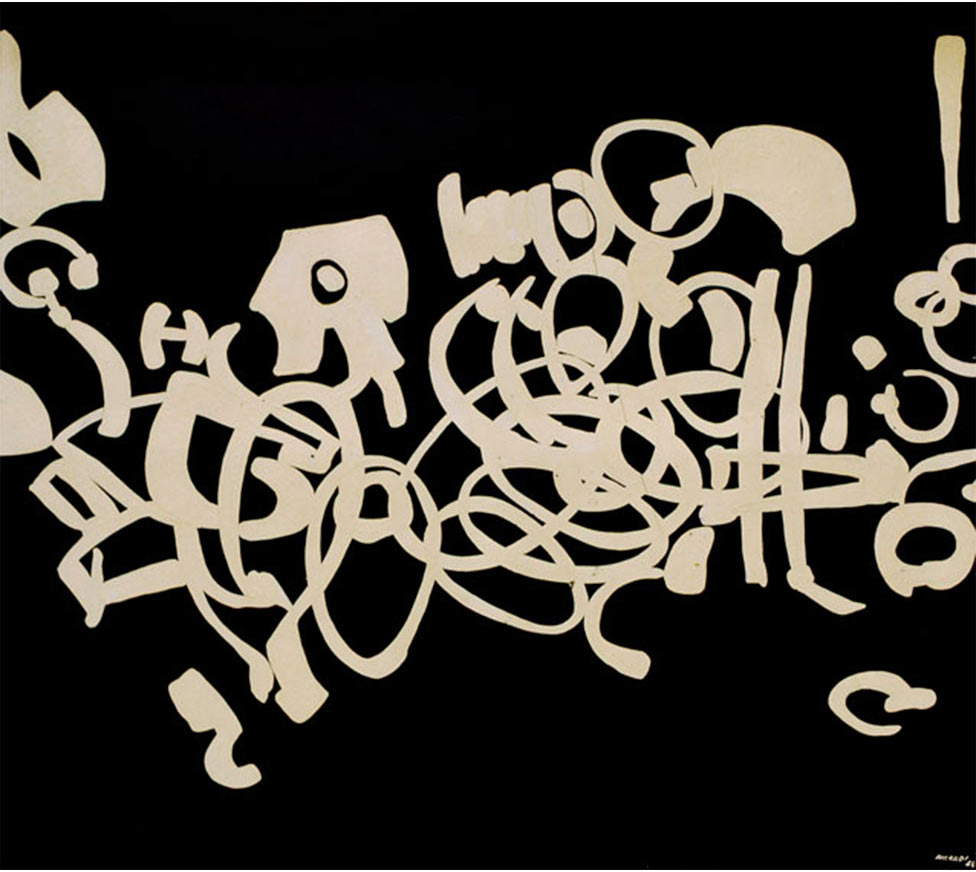
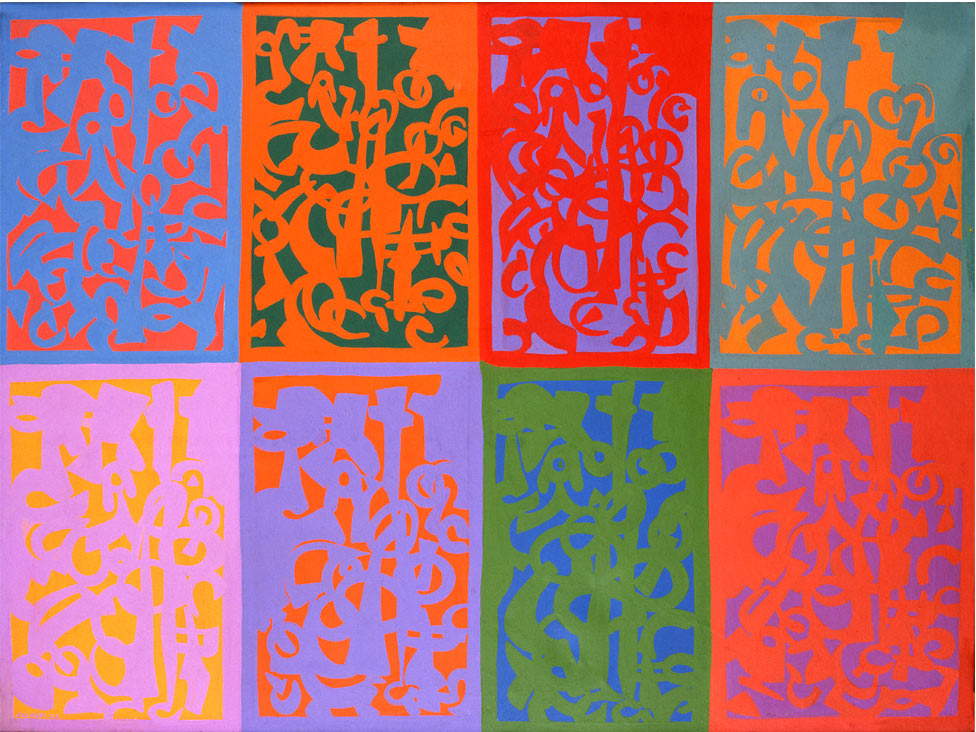
Carla Accardi’s pictorial research is characterized by a full adherence to an abstractionism that is very close to concretism. That is, forms, lines and colors are brought to the canvas intentionally reduced to the essential and arranged according to a geometric scheme that is totally devoid of allegorical meanings. That is to say, the elements used do not represent an “abstraction” of reality, nor are they considered as vehicles of particular messages, but are simply signs to be interpreted as such. Moreover, Accardi’s adherence to feminism is also well present in her pictorial production, as the basis of her work was a desire to demonstrate how a female painter did not necessarily have to anchor herself in an art that expressed only delicacy. On the contrary, on the contrary, women artists could and should express strong and impactful messages in their works, on a par with male artists, breaking definitively with this pattern borrowed from tradition.
At the beginning of her career, the echoes of concretism turn out to be quite present in the works created within the Forma 1 collective, as can be seen in the Scomposizioni series of 1947. After the dissolution of the group, Accardi’s paintings veer toward black and white, introducing the use of casein to enhance the hues. For example, see the transition from Gray and Colors (1954) to Colored Integration (1954) to Interrupted Duel (1955), Positive Negative (1956) and Oval Integration (1958). Color, again applied to the canvas through casein, returns sharply as a protagonist in Accardi’s production of the 1960s, probably influenced by the spread of Andy Warhol’s colorful Pop Art. Examples include Piccoli settori (1962), Violarosso (1963) and Moltiplicazione verde argento (1964),
Works from this period often feature letters that do not compose any message, so again used as a simple pictorial sign, which the artist called an “imaginary alphabet.” This was an expedient used by the artist to use language that was deliberately unintelligible.
Between the 1960s and 1970s, the artist tended to “go outside” the canvas by bringing his research into installations of various kinds, using plastic materials such as sheets of “sicofoil.” This was a type of transparent cellulose acetate, painted with paints and enamels. These experiments initially took the form of the arrangement of both stretched and rolled sheets, such as Black Pink and Black Yellow, both from 1967, and then culminated in Triple Curtain (1969). The installation consisted of a structure made as if it were an actual tent decorated with pink-painted graphic signs, which was entirely walkable. Subsequently, Accardi continued her experiments with the Trasparente series, a group of works of various sizes always made of sicofoil and applied on a frame-like base, dated between 1974 and 1975.
Subsequently, the artist produced during the 1980si Lenzuoli, large-sized rough canvases on which signs again became the main feature, declined in numerous variations and in different color combinations. He will continue to focus on this side in the 1990s, however, returning to the “classic” canvas. Works from this two decades include Parenthesis No. 1 (1980), Imaginary Animal 1 (1987), Great Purple Caprice (1988), Green Wind Swirl (1998) and Cautious Residues (1999).
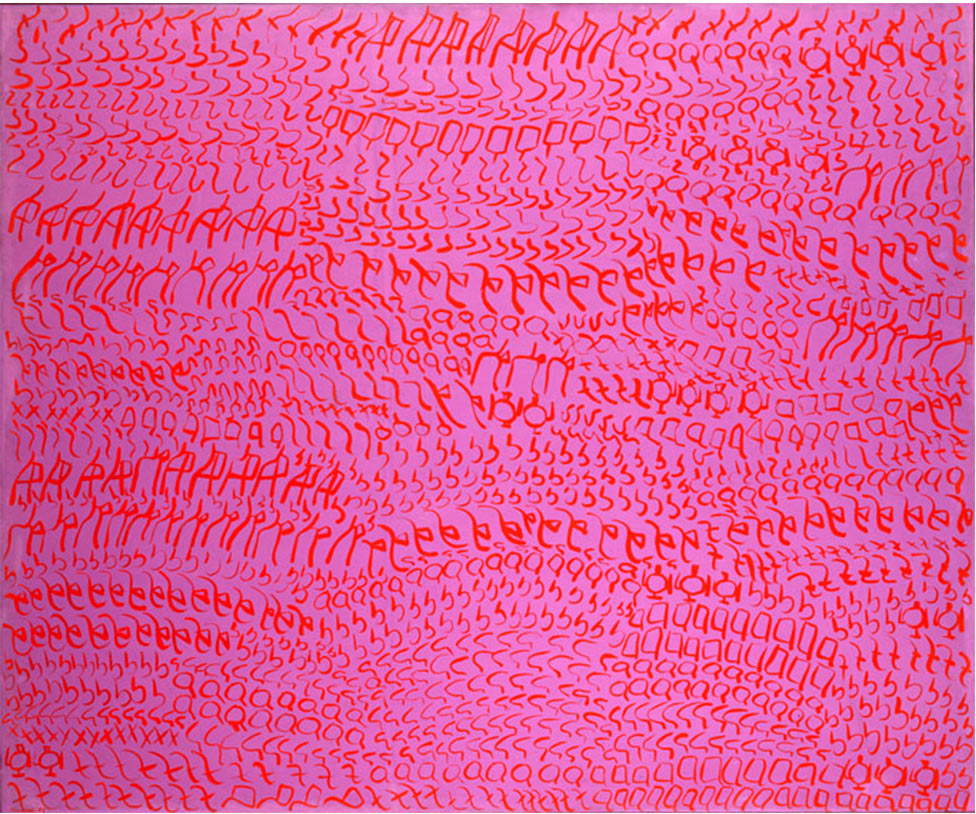
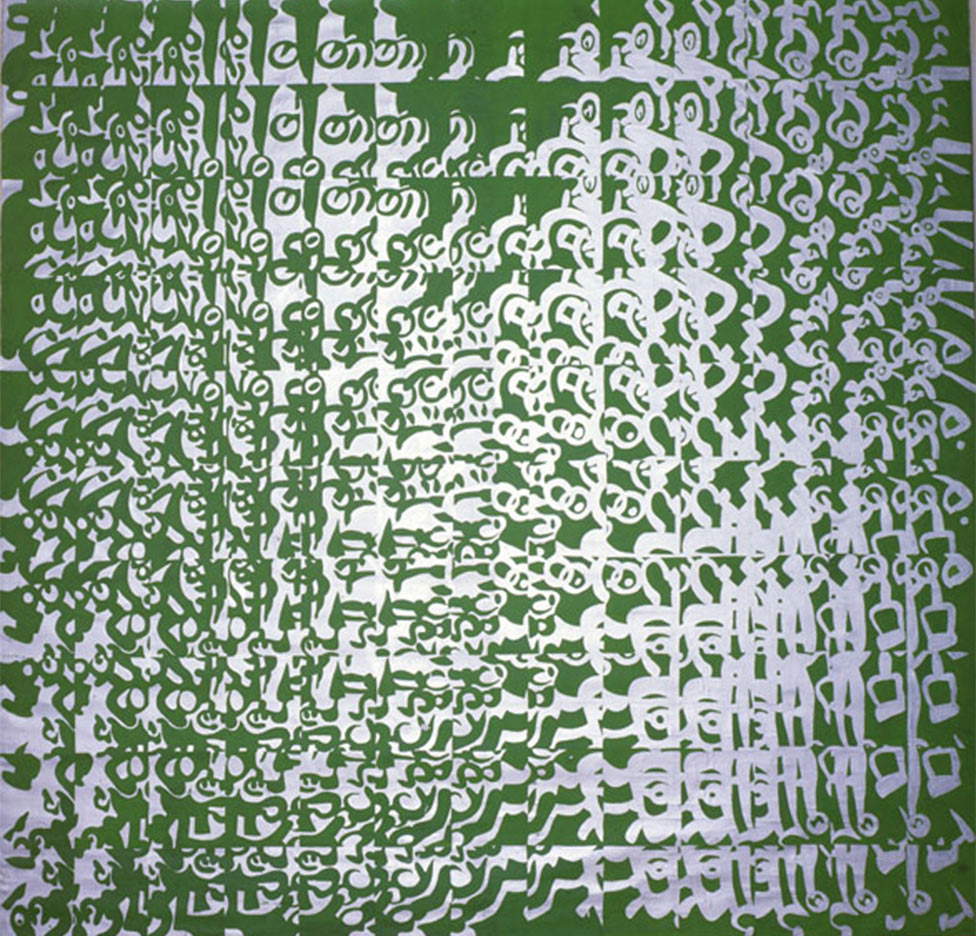
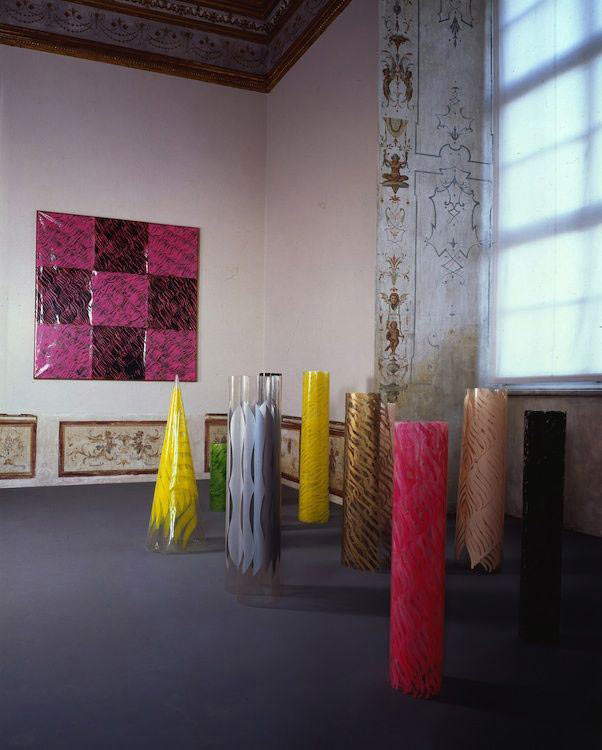
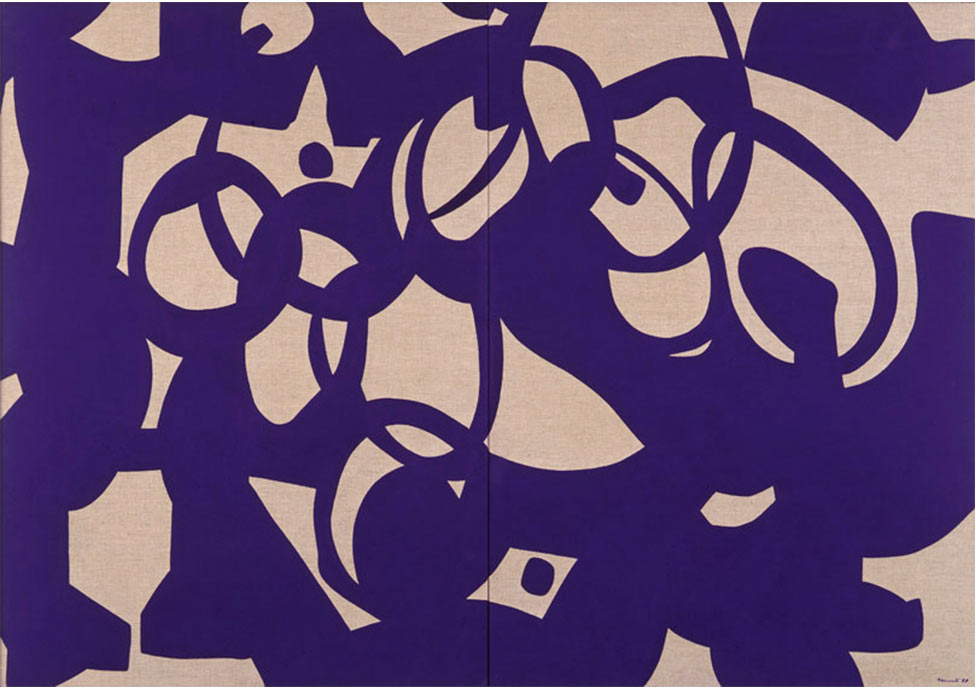
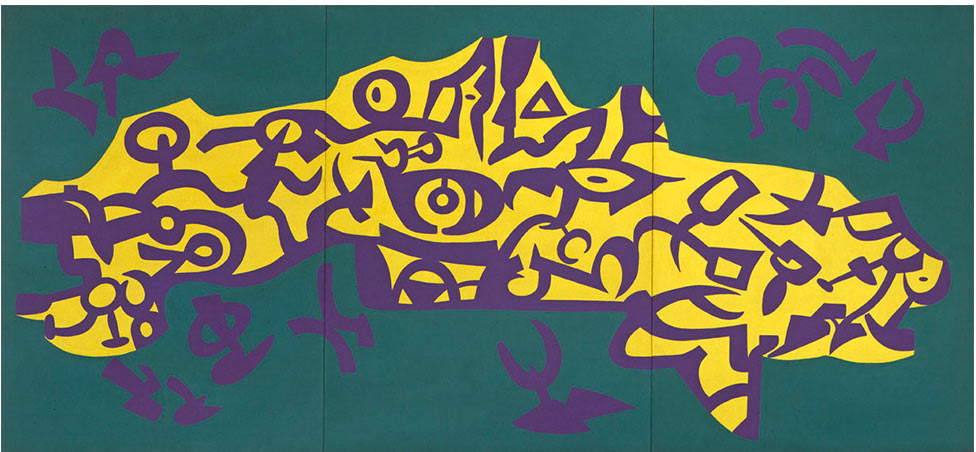
The Italian painter’s works can be found in several museums dedicated to contemporary art, both in Italy and abroad.
In Italy, a very large group of works can be found at the MACRO - Museum of Contemporary Art in Rome. In addition, the works Silver Green Multiplication (1964), Black Rose (1967), and Black Yellow (1967) are found in the Rivoli Castle in Piedmont. Other works are found in the Museo di Arte Moderna e Contemporanea in Trento, the Gallerie Civiche in Modena and Bologna, the Palazzo Reale and the Fondazione Prada in Milan
Carla Accardi’s works can also be found abroad, notably in the United States at the Guggenheim Museum in New York, and in Belgium at the S.M.A.K. (Stedelijk Museum voor Actuele Kunst) in Ghent.
 |
| Carla Accardi, life and works of the great abstract artist |
Warning: the translation into English of the original Italian article was created using automatic tools. We undertake to review all articles, but we do not guarantee the total absence of inaccuracies in the translation due to the program. You can find the original by clicking on the ITA button. If you find any mistake,please contact us.